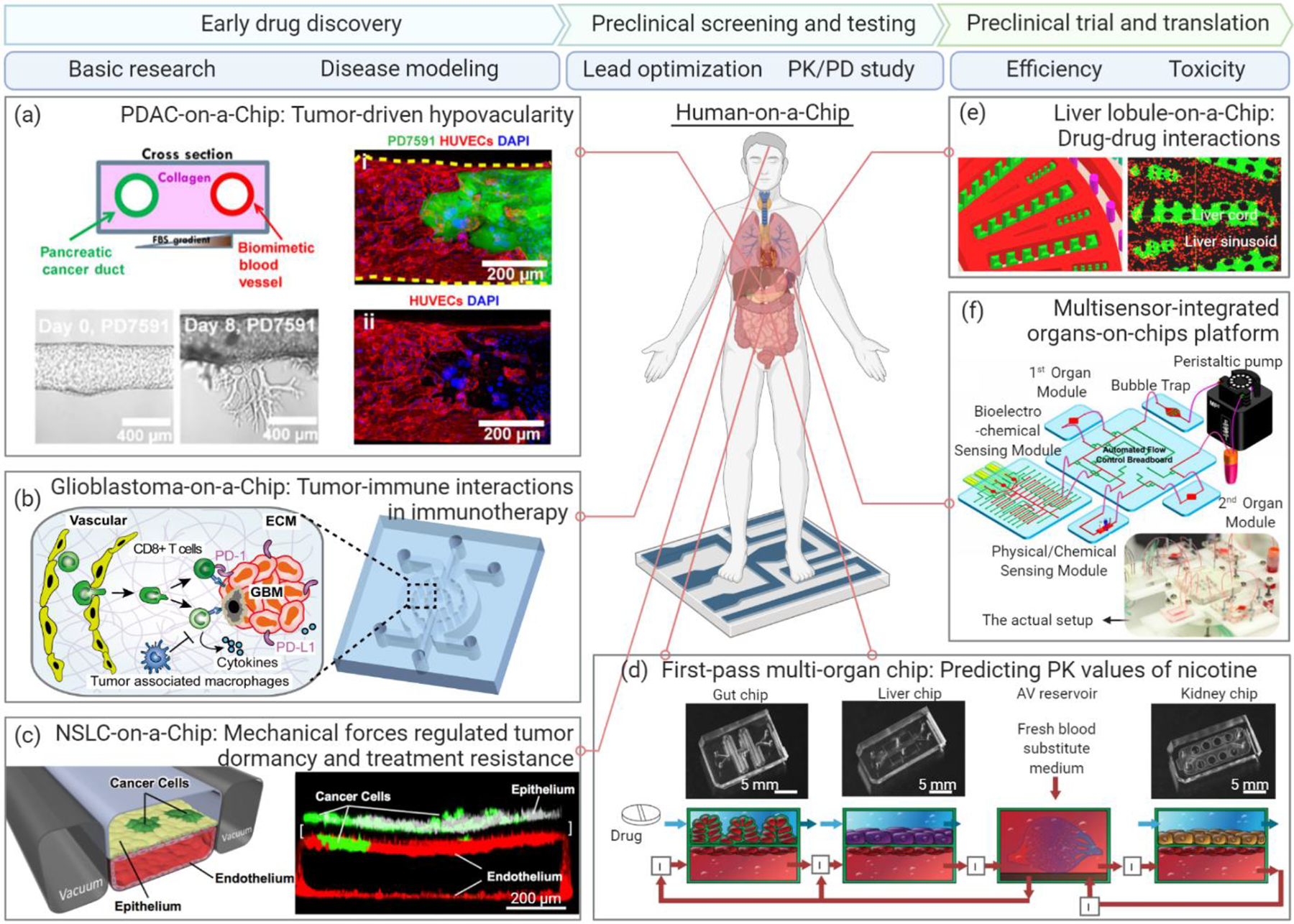Figure 2. Organ-on-a-Chip platforms in preclinical drug development.

Preclinical drug development includes three main stages: early drug discovery, preclinical screening and testing, and preclinical trial and translation. (a) A PDAC-on-a-Chip (left) with a biomimetic vascular network (right) (HUVECs, red) and pancreatic cancer duct (PD7591 cells, green) revealed the Activin-ALK7 pathway as a hypovascularity mechanism for PDAC. Figure adapted with permission from ref. [41], AAAS. (b) A bioengineered glioblastoma brain tumor model with biomimetic tumor-immune-vascular interactions demonstrated that blockade of immunosuppression contributed by tumor-associated macrophage improved anti-PD-1 immunotherapy. Figure adapted with permission from ref. [48], eLife. (c) An NSCLC microenvironment model study found that the mechanical forces during lung breath (vacuum-driven in two side channels) may promote dormancy and drug resistance of NSCLC cells. Figure adapted with permission from ref. [43], Elsevier. (d) A first-pass multi-organ system was applied to predict the PK parameters of nicotine with a linked gut-liver-kidney chip. Figure adapted with permission from ref. [58], Springer Nature. (e) A liver lobule-on-a-chip consisted of a liver cord (green) and a liver sinusoid (red) was applied to analyze adverse drug reactions induced by unexpected drug-drug interactions. Figure adapted with permission from ref. [16], ACS. (f) A multi-organ platform integrated with a multiplex biomarker analysis module was developed to noninvasively monitor liver toxicity, as well as cardiotoxicity mediated by inter-organ metabolism. Figure adapted with permission from ref. [67], PNAS. Abbreviations: NSCLC, non-small-cell lung cancer; PDAC, pancreatic ductal adenocarcinoma. Figure generated in BioRender (BioRender.com).
